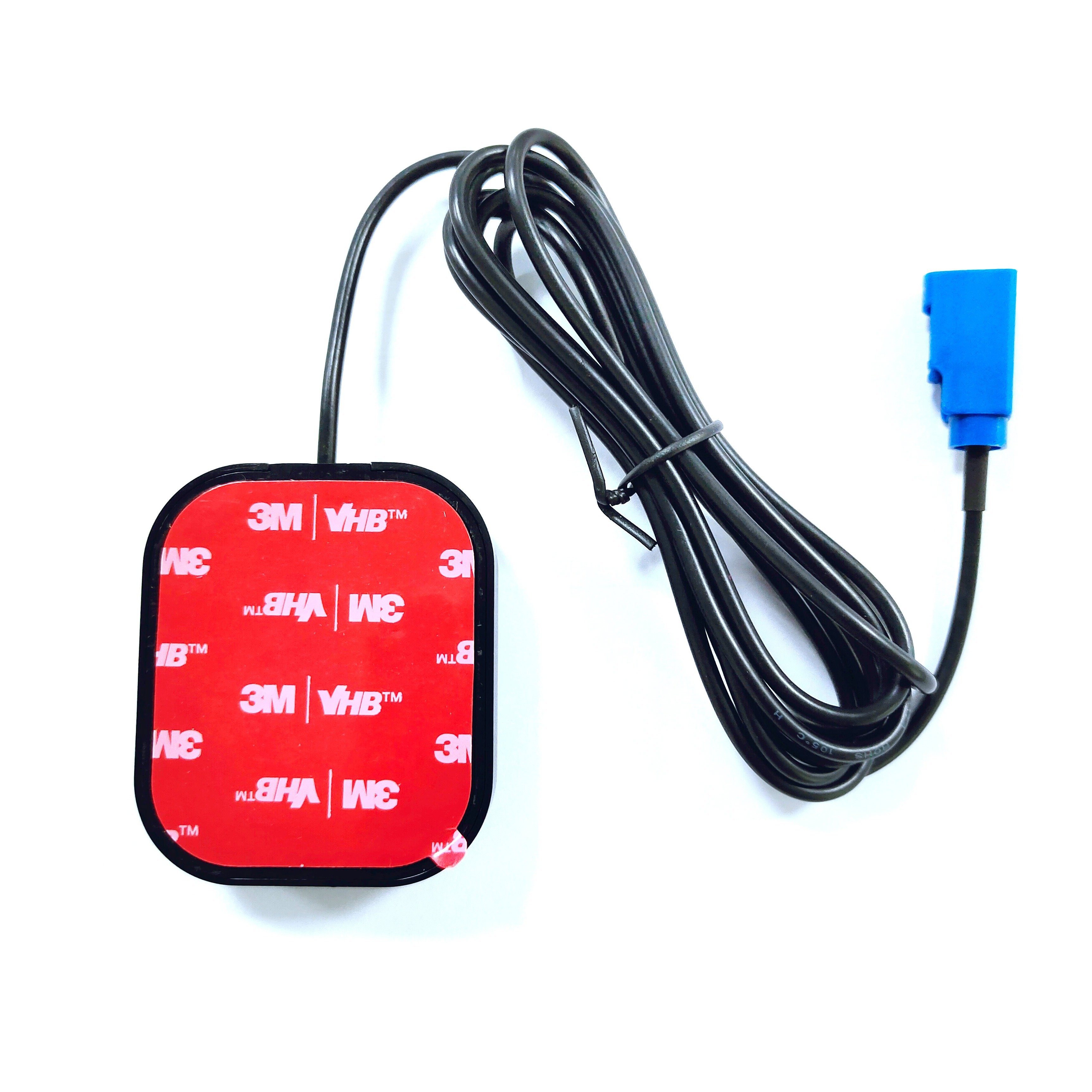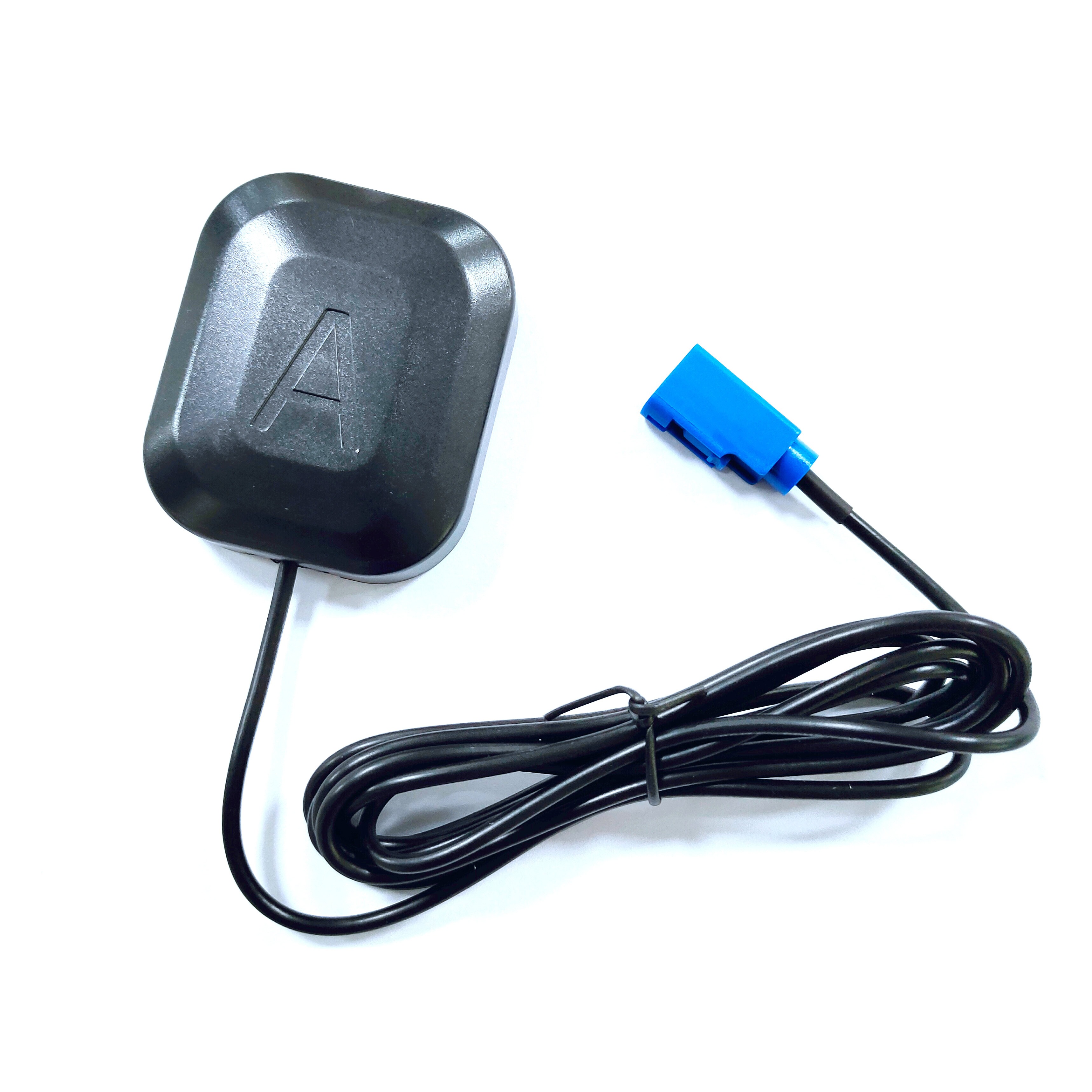Low-profile GNSS RTK car antennas find applications across a wide range of industries, driven by their accuracy, reliability, and compact design. In the automotive sector, they are integral to ADAS and AVs, providing the precise positioning information necessary for safe and efficient navigation. They are also used in fleet management systems, enabling real-time tracking and monitoring of vehicles for improved operational efficiency.
Beyond automotive applications, these antennas are used in precision agriculture, where they help farmers optimize crop yields by providing accurate positioning for tractors and other farm equipment. In surveying and mapping, they enable the creation of high-precision digital maps and 3D models, which are essential for urban planning, construction, and environmental monitoring.
Looking ahead, the future of low-profile GNSS RTK car antennas is bright, with several trends shaping their development. One trend is the increasing integration of multiple sensors and technologies, such as inertial measurement units (IMUs) and LiDAR, to create multi-sensor fusion systems. These systems leverage the strengths of each sensor to provide even more accurate and reliable positioning information, particularly in challenging environments.
Another trend is the adoption of 5G and other high-speed communication technologies, which will enable real-time data transfer between vehicles, infrastructure, and cloud-based services. This will facilitate the development of connected and autonomous vehicles, which rely on precise positioning information to interact safely with their surroundings.
Additionally, advancements in antenna materials and manufacturing processes are expected to drive down costs and improve performance, making low-profile GNSS RTK car antennas more accessible to a wider range of applications.
Conclusion
Low-profile GNSS RTK car antennas represent a significant advancement in positioning technology, offering unparalleled accuracy, reliability, and compact design. Their multi-constellation capability, robust signal reception, and integration with RTK technology make them ideal for automotive applications, particularly in the context of ADAS and AVs. Despite facing challenges such as multipath interference and cost, these antennas continue to evolve, driven by advancements in sensor fusion, communication technologies, and manufacturing processes.
As the demand for precise positioning solutions grows across various industries, low-profile GNSS RTK car antennas are poised to play an increasingly important role. Their ability to provide centimeter-level accuracy in real-time will enable the development of innovative applications and services, shaping the future of transportation, agriculture, surveying, and beyond. With ongoing research and development, these antennas are set to become even more powerful, versatile, and cost-effective, unlocking new possibilities for precision positioning in the years to come.




































































 Language
Language
 En
En Cn
Cn Korean
Korean

 Home >
Home > 






 18665803017 (Macro)
18665803017 (Macro)













